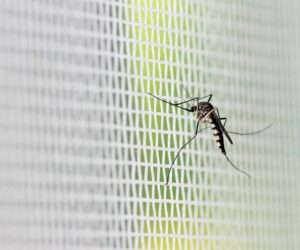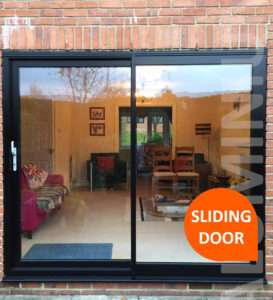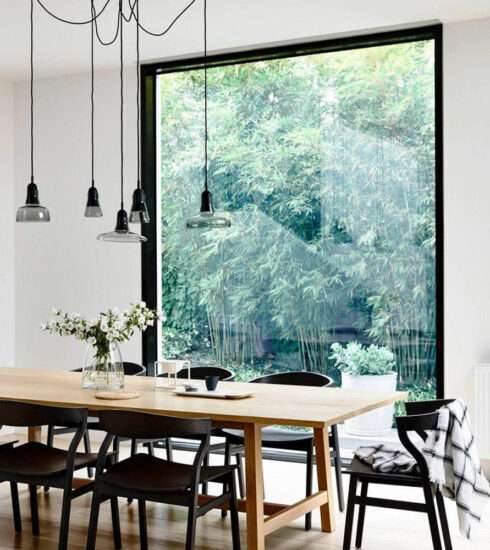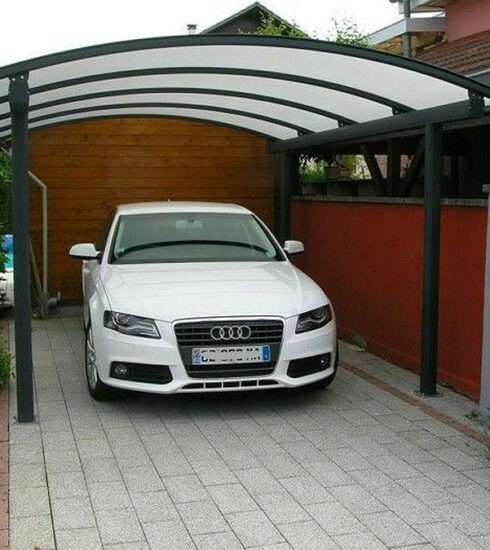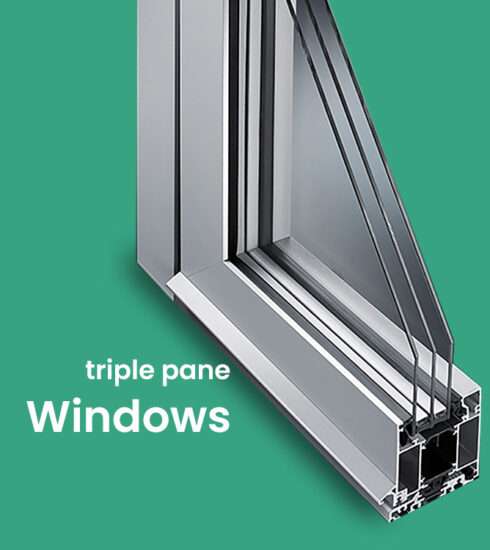Does Window Glass Block UV-Rays?
Exploring the Protective Abilities of Window Glass
Understanding UV Radiation
Before we dive into the details of how window glass interacts with UV-rays, let’s understand what UV radiation is. Ultraviolet radiation is a type of electromagnetic radiation, existing just beyond the violet end of the visible light spectrum. It is categorized into three main types: UVA, UVB, and UVC. Of these, UVC radiation is largely absorbed by the Earth’s atmosphere and doesn’t reach us, so our focus will be on UVA and UVB rays.
The Perplexing Impact of UVA and UVB Rays
Both UVA and UVB rays pose potential risks to human health. UVA rays have longer wavelengths and can penetrate the skin more deeply, contributing to premature skin aging. On the other hand, UVB rays have shorter wavelengths and are known as the primary cause of sunburn. Protecting ourselves from the harmful effects of these rays is crucial, especially when spending time outdoors.


Recognizing the limitations of standard window glass in blocking UVA rays, manufacturers have developed specialized glass that offers enhanced UV protection. This glass is designed with coatings or additives that target UV radiation specifically. Additionally, some individuals opt for the application of UV-blocking films to their existing windows, further reducing the penetration of both UVA and UVB rays.
The Role of Window Glass
While window glass is designed primarily for providing visibility, it also offers some level of UV-ray protection. However, this protection is not uniform across all types of UV rays. Let’s break down how window glass interacts with UVA and UVB radiation:
UVA Rays and Window Glass
UVA rays have a longer wavelength and lower energy compared to UVB rays. This characteristic enables UVA rays to pass through ordinary window glass to a significant extent. Approximately 25% of UVA radiation can penetrate through standard window glass, making it clear that windows alone are not sufficient to shield us from the potential harm of these rays.
UVB Rays and Window Glass
The situation is different when it comes to UVB rays. These rays have higher energy and shorter wavelengths, making them less likely to pass through window glass. On average, typical window glass blocks about 97% of UVB radiation. This means that while you might still be exposed to a minor percentage of UVB rays indoors, the level of exposure is substantially reduced compared to being outside.
Enhancing UV Protection
Recognizing the limitations of standard window glass in blocking UVA rays, manufacturers have developed specialized glass that offers enhanced UV protection. This glass is designed with coatings or additives that target UV radiation specifically. Additionally, some individuals opt for the application of UV-blocking films to their existing windows, further reducing the penetration of both UVA and UVB rays.
The Bottom Line: Partial Protection
In conclusion, ordinary window glass does provide a degree of protection against UV radiation, particularly UVB rays. However, it’s essential to acknowledge that this protection is not absolute. If you find yourself spending prolonged periods near windows or in sunlit rooms, especially during peak daylight hours, more measures are advisable.
To fully safeguard your skin and eyes from potential UV-ray harm, consider the following:
- Apply Sunscreen: Even when indoors, applying sunscreen with broad-spectrum protection can be beneficial, especially if you’re in proximity to windows.
- Wear Protective Clothing: Wearing long sleeves, hats, and sunglasses can further reduce your exposure to UV radiation.
- Choose UV-Protected Glass: If possible, opt for windows with enhanced UV protection, particularly in areas with strong sunlight.
- Window Films: Explore the possibility of adding UV-blocking films to your windows for an extra layer of defense.
So while ordinary window glass does provide some protection against UV radiation, it’s not complete protection. If you’re spending a lot of time near a window or in a room with a lot of sunlight, it’s still a good idea to wear sunscreen or protective clothing to avoid overexposure to UV radiation.
Remember, while window glass does play a role in shielding us from UV-rays, a comprehensive approach to sun protection is always recommended.
>> Want to Learn More about Low-E Glass – Click here
FAQs about Window Glass and UV Rays
1. Can UV rays penetrate regular glass?
Yes, UVA rays can penetrate ordinary window glass to a significant extent, while UVB rays are largely blocked.
2. What is the main risk of UVA exposure?
UVA rays can deeply penetrate the skin and contribute to premature aging and skin damage.
3. Does window glass cut the need for sunscreen indoors?
No, even though window glass offers partial protection, it’s still advisable to use sunscreen if you’re spending extended periods near windows.
4. Can UV-blocking films be applied to existing windows?
Yes, UV-blocking films can be applied to regular windows to enhance their UV-ray-blocking capabilities.
5. How effective is specialized UV-protected glass?
Specialized UV-protected glass is more effective in blocking both UVA and UVB rays compared to regular window glass, providing an extra layer of protection.

